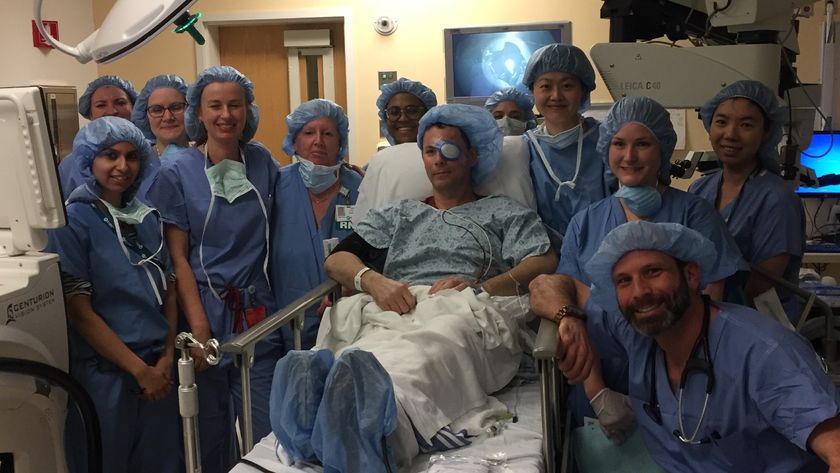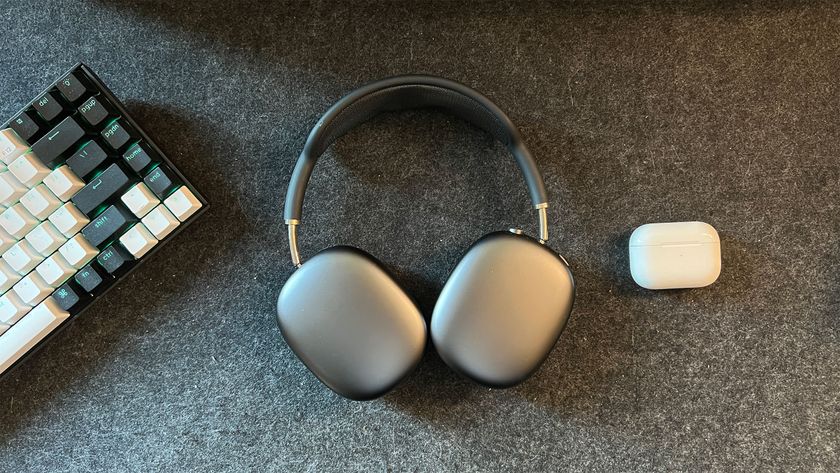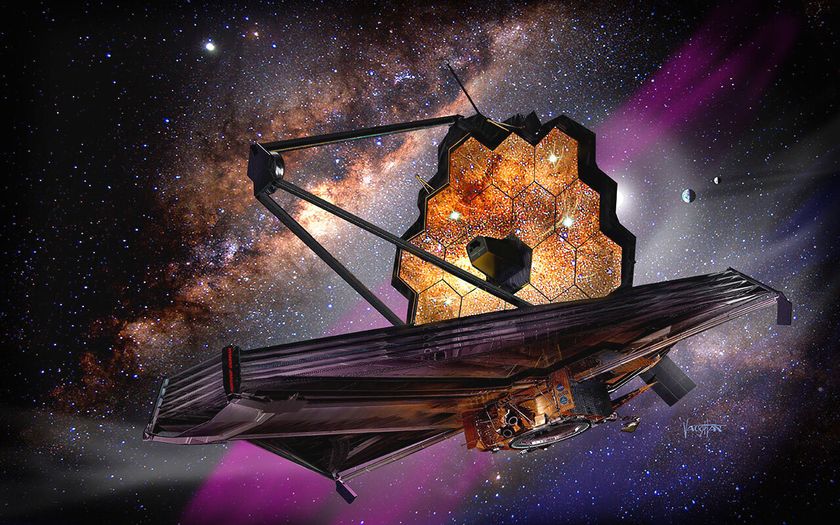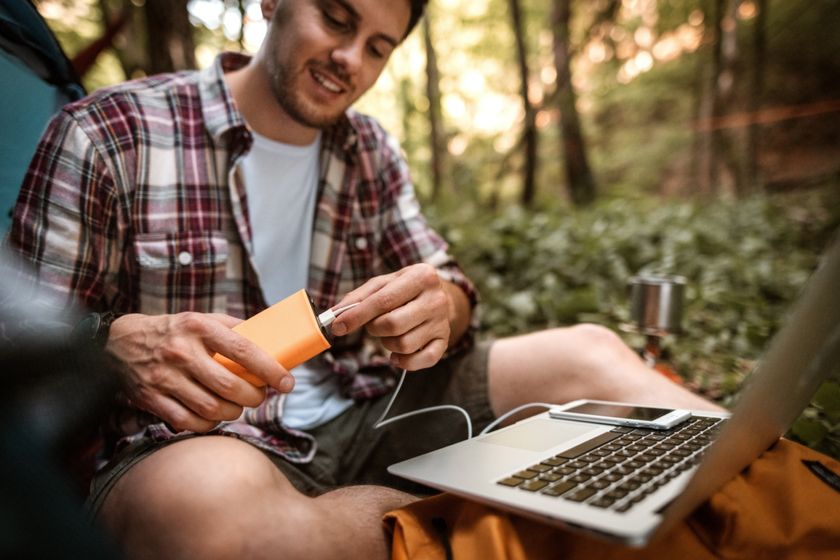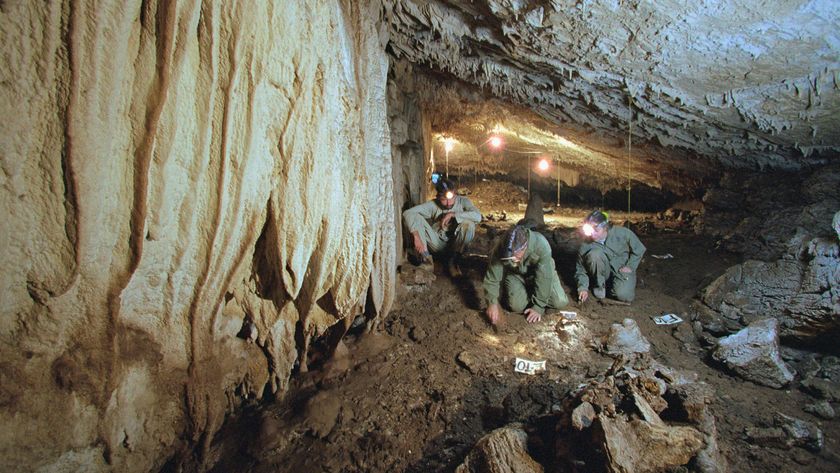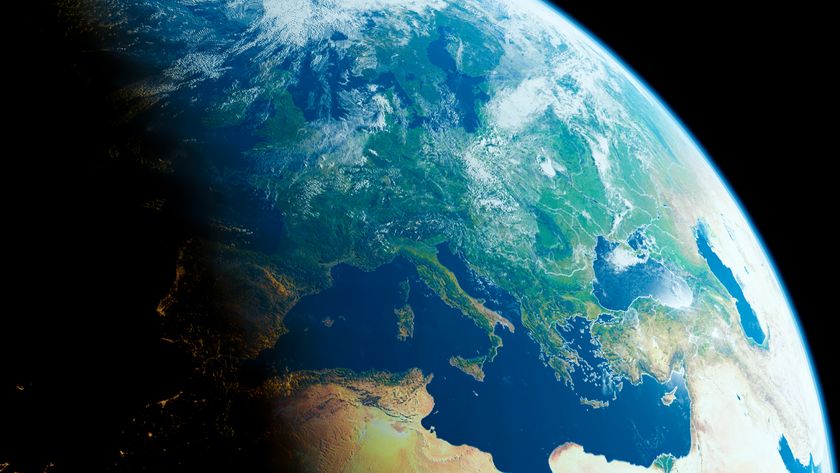Spinal Stenosis: Symptoms & Treatment
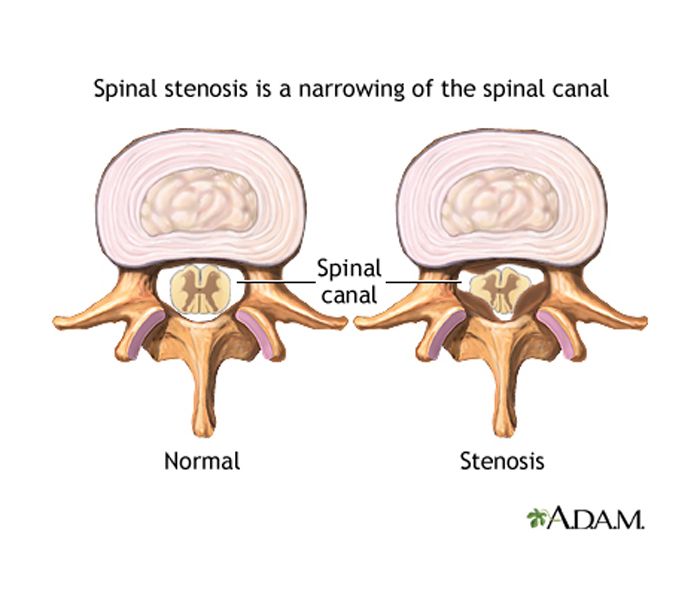
Spinal stenosis is a narrowing of the spinal canal, the opening created by the small hole found in each of the vertebrae that make up the human spinal column. As the canal narrows, it puts pressure on the spinal cord or nerve roots, causing pain, numbness or other problems.
"It is typically considered a degenerative condition in that it is typically caused by a combination of bone spurs, joint capsule hypertrophy [enlargement of the fluid sac surrounding joints] and disc bulges. The final net result of these processes is that they conspire to narrow the canal where the nerves travel," said Dr. Lyle Young, an orthopedic surgeon at the Sonoran Spine Center in Phoenix.
Spinal stenosis is most common in people age 50 and older, and affects more women than men.
"As a rule, spinal stenosis is relatively rare in patients younger than the fifth or sixth decade of life," Young told Live Science. However, according to the National Institute of Arthritis and Musculoskeletal and Skin Diseases (NIAMS), the problem may occur in younger people who are born with a narrow spinal canal — a condition called congenital stenosis.
Causes of spinal stenosis
Most cases of spinal stenosis are classified as acquired spinal stenosis, according to the American College of Rheumatology. In those cases, spinal stenosis is "acquired" due to age-related osteoarthritis and associated conditions, such as the development of bone spurs (osteophytes), degenerative disc disease (spondylosis), herniated discs or the thickening of spinal ligaments. Acquired spinal stenosis can also be caused by the growth of tumors in or near the spine, spinal injuries or Paget's disease, an uncommon condition that causes bones to become large and soft.
Stenosis can occur all along the spine — in the neck, in the lower back (lumbar) and in the central spine, said Dr. Richard J. Bransford, an associate professor in the department of orthopedics and sports medicine at the University of Washington. Foraminal stenosis affects the neural foramen, which is the space where the spinal nerves exit the central canal, according to the Alaska Spine Institute.
Symptoms of spinal stenosis
Many people can have spinal stenosis without experiencing any symptoms. If the spinal canal narrows until it places pressure on the spinal cord or nerve roots, however, the patient will develop symptoms over time.
"Spinal stenosis can be a relatively insidious process in that it typically affects just the extremities first," Young said. He added that patients will typically have trouble using their hands if the problem is located in the neck, or have trouble walking even short distances if the problem is located in the lower back.
Symptoms can differ, depending on what part of the spine is affected. According to the Mayo Clinic, if the neck is affected, the patient may suffer from numbness, weakness or tingling in a leg, foot, arm or hand, or, in severe cases, incontinence. If the problem is located in the lower back, the patient may suffer from pain or cramping in the legs.
Diagnosis
To diagnose spinal stenosis, the doctor will do a thorough medical history check and physical. Then, a health care professional may examine the spine using X-rays, computed tomography (CT) scans, magnetic resonance imaging (MRI) scans, a myelogram (a procedure using dyes with X-ray or CT scans) and/or a bone scan. These examinations will also help rule out any other problems that may be causing the symptoms, according to NIAMS.
Treatment
Young said that for most patients, a doctor will start treatment for spinal stenosis using conservative measures like physical therapy and nonsteroidal anti-inflammatory drugs, such as ibuprofen (Advil) and naproxen (Aleve).
"Regular physical activity can help relieve the symptoms of spinal stenosis by strengthening muscles in the core, arms and legs," said Dr. Michael Perry, chief medical director and co-founder of the Laser Spine Institute. This can reduce pain, improve balance and make it easier for the patient to walk, he said.
"It is important to keep activities low-impact, like walking or swimming, to minimize stress on the spine," Perry told Live Science. Perry also noted that eating foods that are high in anti-inflammatory properties — such as ginger, garlic and chili peppers — can help to reduce back pain caused by inflammation.
Injections of corticosteroids may help to alleviate the inflammation around a compressed nerve, but because these injections can weaken nearby bone and connective tissue, only a few injections a year are usually recommended, according to the Mayo Clinic.
"Injections for spinal stenosis have typically been used if and when these measures fail; however, there is recent data which questions the usefulness of injections," Young said. "The primary fix for symptomatic spinal stenosis which has not responded to other measures is called surgical decompression."
This surgery, also called laminectomy, involves removing a small portion of bone or disc material in order to give the nerve root more space and opportunity to heal, according to the American Academy of Orthopaedic Surgeons.
Perry said that other, minimally invasive treatments are providing faster recuperation. "We are seeing smaller incisions and a decrease in blood loss, and minimal damage to the surrounding muscle, which allows for a more successful recovery. We can expect this trend to continue with the advancement of medicine and surgical techniques and procedures."
Young, however, said that surgery remains the "gold standard" when other options have failed.
A study, published in the New England Journal of Medicine in 2008, found that surgery was more effective than nonsurgical treatment in relieving symptoms associated with spinal stenosis.
Future treatments for spinal stenosis may include stem-cell treatment, said Dr. Hooman M. Melamed, director of scoliosis at Marina Del Rey Hospital in Marina Del Rey, California. Stem-cell treatment "can potentially rejuvenate the discs and the facet joints, and diminish the wear and tear and arthritic process which leads to stenosis and potential back pain," Melamed said.
Additional resources
Sign up for the Live Science daily newsletter now
Get the world’s most fascinating discoveries delivered straight to your inbox.


